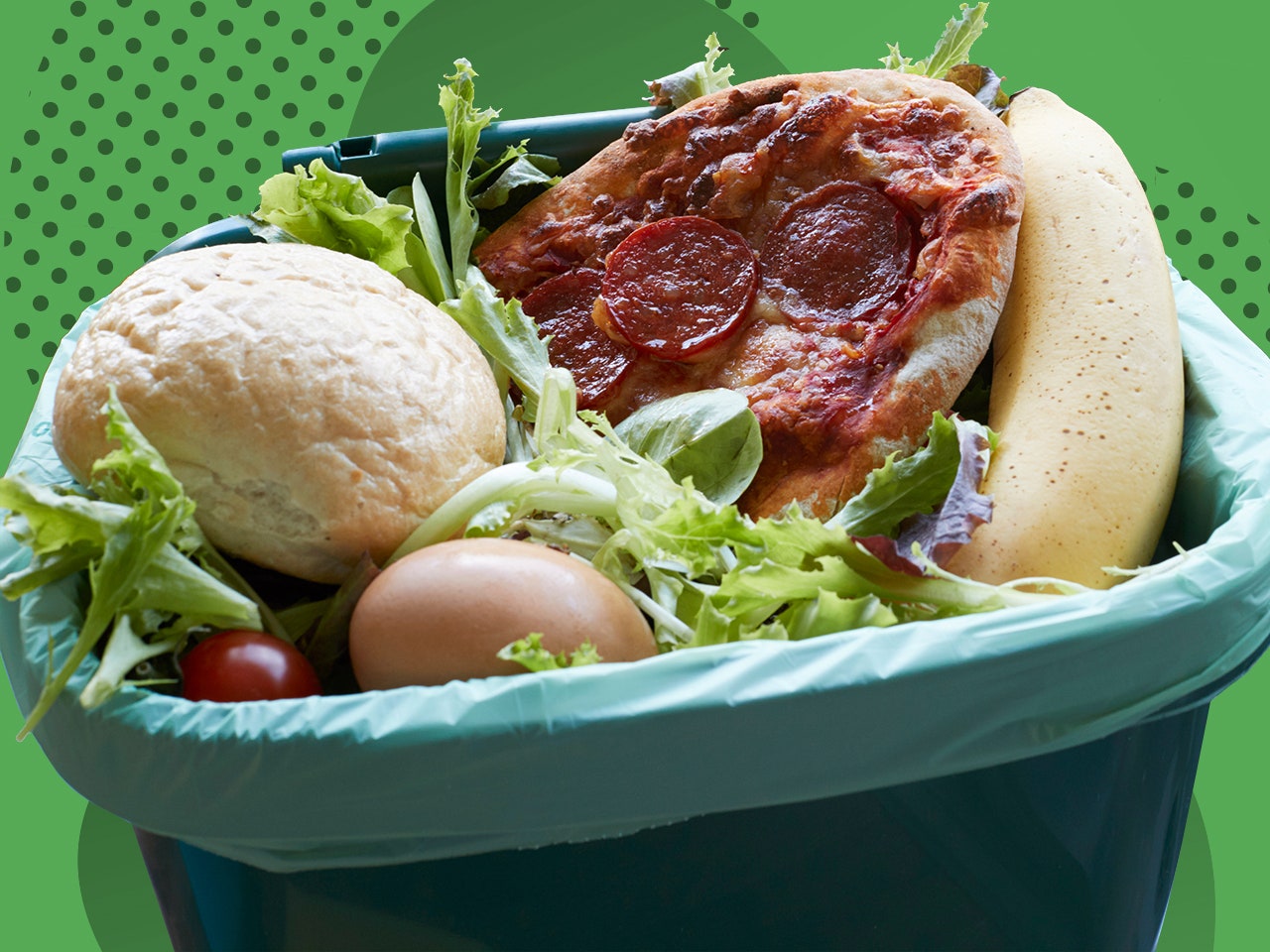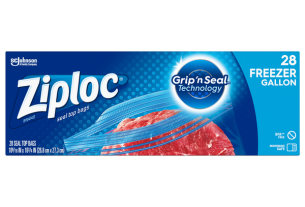Discover the truth behind that enigmatic container of sour cream lurking in the back of your fridge.
Is it still safe to eat, or has it crossed over to the dark side?
Unravel the mysteries of spoilage as we unveil the telltale signs that will keep your taste buds and health in check.
Dive into this tantalizing guide to learn how to tell if sour cream is bad, and never let questionable dairy stand in your way again.
how to tell if sour cream is bad
Signs indicating that sour cream is bad include mold growth, discoloration, off smell, sharp or bitter taste, curdling, and dryness.
Mold appears as fuzzy grey or green spots, and a moldy film may be present.
Discoloration suggests bacterial or fungal growth.
An off smell beyond the usual tangy aroma indicates spoilage.
A sharp, bitter, rancid, or yeasty taste is also a sign of spoilage.
Curdling is normal if there is a light layer of white, milky liquid on top, but lumps or curdles denote spoilage.
Dryness and the absence of whey (milky, watery liquid) are additional signs of spoilage.
To avoid consuming bad sour cream, store it in the refrigerator below 40°F (4°C), use airtight containers, and always check for signs of spoilage before consuming to prevent foodborne illness.
Key Points:
- Signs of bad sour cream include:
- Mold growth
- Discoloration
- Off smell
- Sharp or bitter taste
- Curdling
- Dryness
- Mold appears as fuzzy grey or green spots, and a moldy film may be present.
- Discoloration suggests bacterial or fungal growth.
- An off smell beyond the usual tangy aroma indicates spoilage.
- A sharp, bitter, rancid, or yeasty taste is also a sign of spoilage.
- Curdling is normal with a light layer of white, milky liquid on top, but lumps or curdles indicate spoilage.
- Dryness and the absence of whey are additional signs of spoilage.
how to tell if sour cream is bad – Watch Video


Pro Tips:
1. Sour cream is made by fermenting fresh cream with Lactobacillus bacteria, which gives it a tangy flavor and creamy texture.
2. If your sour cream has a foul smell, it is likely spoiled and should not be consumed. However, a slightly sour or off smell is normal for sour cream.
3. The texture of spoiled sour cream becomes watery and separates into liquid and solid parts. Fresh sour cream should have a smooth and thick consistency.
4. Mold growth is a clear indicator of sour cream gone bad. It usually appears as green or black spots on the surface, indicating bacterial contamination.
5. Unlike milk, sour cream contains live cultures that may help extend its shelf life. These beneficial bacteria create an acidic environment that inhibits the growth of harmful bacteria, prolonging the freshness of the sour cream.
Signs That Sour Cream Has Gone Bad
Sour cream is a delicious and versatile ingredient that adds a creamy tanginess to many dishes. However, like any dairy product, sour cream can go bad if not stored and handled properly. Knowing how to tell if sour cream has gone bad is essential to avoid foodborne illnesses. Here are the key signs to look out for:
-
Mold growth: One of the most obvious signs that sour cream has spoiled is the presence of mold. Mold appears as fuzzy grey or green spots on the surface of the sour cream. There may also be a moldy film covering the cream. Discard sour cream immediately if you spot any mold.
-
Discoloration: Another indicator of spoilage in sour cream is unusual changes in color. Watch out for yellow or brown spots, as they signal bacterial or fungal growth. Fresh sour cream should have a pure white color, so any discoloration is a clear red flag.
-
Smell: Pay attention to the smell of the sour cream. While sour cream typically has a tangy aroma, an off smell beyond the usual tanginess suggests spoilage. If the cream smells foul or has a strong unpleasant odor, it is best to err on the side of caution and discard it.
-
Taste: Spoiled sour cream can have a sharp, bitter, rancid, or yeasty taste. A small amount of curdling, which appears as a light layer of white, milky liquid on top, is normal for sour cream. However, if you notice lumps or curdles in the cream or if it tastes unpleasant, it is a strong indication that the sour cream has gone bad.
-
Texture: Dryness and the absence of whey (milky, watery liquid) are additional signs of spoilage in sour cream. Fresh sour cream should have a moist and creamy consistency. If the sour cream appears dry or there is no presence of whey, it is likely past its prime and should not be consumed.
-
Keep an eye out for mold growth on the surface of sour cream.
- Discoloration, such as yellow or brown spots, is a red flag for spoilage.
- If the sour cream has an unpleasant smell, it may have gone bad.
- Unpleasant taste and the presence of lumps or curdles indicate spoilage.
- Watch for dryness and the absence of whey in fresh sour cream.
Mold Growth And Discoloration
The growth of mold on sour cream is a clear indication of spoilage. Mold appears as fuzzy grey or green spots and may also form a film on the surface of the cream. These molds are fungi that thrive in warm and humid environments, and sour cream provides an ideal breeding ground for them. Consuming moldy sour cream can have serious health consequences, so it’s important to discard any moldy cream immediately.
Discoloration of sour cream can occur due to bacterial or fungal growth. Bacteria and fungi can contaminate sour cream if it is not stored properly or if it is past its expiration date. Any yellow or brown spots on the cream indicate a potential bacterial or fungal infection. To ensure the safety of your sour cream, do not consume it if you notice any discoloration.
– Mold on sour cream is a clear indication of spoilage
– Mold appears as fuzzy grey or green spots
– Sour cream provides an ideal breeding ground for mold
– Consuming moldy sour cream can have serious health consequences
– Discoloration of sour cream can occur due to bacterial or fungal growth
– Yellow or brown spots on sour cream indicate potential infection
– Do not consume sour cream if you notice any discoloration
Off Smell And Sharp Or Bitter Taste
Smell is another important indicator of sour cream spoilage. While sour cream naturally has a tangy aroma, any off or foul smell is a clear sign that something is wrong. If your sour cream exudes a strong and unpleasant odor, it is best to avoid consuming it.
Spoiled sour cream can have a sharp, bitter, rancid, or yeasty taste. The unpleasant taste is a result of the bacterial or fungal growth in the cream. If the sour cream tastes anything other than its usual tanginess, it is advisable to discard it.
Curdling And Dryness
Curdling is a natural process that occurs in sour cream due to its acidic nature. A thin layer of white, milky liquid on top of the cream is normal. However, if you notice large curdles or lumps in the cream, it is a sign of spoilage. Curdled sour cream is not safe to consume and should be discarded.
Dryness is another common characteristic of spoiled sour cream. Fresh sour cream should have a moist and creamy consistency. If the cream appears dry or has a crumbly texture, it is an indication that it has dried out and is no longer fit for consumption. Additionally, the absence of whey, the milky, watery liquid present in fresh sour cream, further confirms its spoilage.
Tips For Storing Sour Cream Properly
To prolong the shelf life of sour cream and prevent it from going bad, follow these helpful tips for proper storage:
- Store sour cream in the fridge below 40°F (4°C) to slow down the growth of molds and bacteria.
- Place the sour cream further back in the fridge for a more constant temperature, avoiding the door where the temperature fluctuates frequently.
- Keep sour cream tightly covered in its original packaging or transfer it to a clean airtight container to prevent spoilage.
-
Always use clean and dry utensils to scoop out sour cream to avoid cross-contamination.
-
Store sour cream below 40°F (4°C)
- Place sour cream further back in the fridge
- Keep sour cream tightly covered
- Always use clean and dry utensils
Importance Of Storing Sour Cream In The Fridge
Sour cream is a perishable dairy product and should always be stored in the refrigerator. The cool temperature of the fridge helps slow down the growth of molds and bacteria, significantly prolonging the shelf life of sour cream. When properly refrigerated below 40°F (4°C), sour cream can remain fresh for an extended period.
Remember to place the sour cream towards the back of the fridge, where the temperature is more constant. Avoid storing it in the fridge door as it is subjected to frequent temperature changes when opening and closing the door, which can accelerate bacterial growth and spoilage.
Keep Sour Cream Tightly Covered To Prevent Spoilage
Properly covering sour cream is essential to prevent spoilage. The original packaging of the sour cream is designed to maintain its freshness, so it is ideal to leave the cream in its original container if unopened.
- If opened, transfer the sour cream to a clean airtight container to keep out air and moisture, which can hasten spoilage.
When exposed to air, sour cream becomes vulnerable to bacterial and fungal contamination, leading to a shorter shelf life. By tightly covering sour cream, you create a barrier that minimizes the risk of contamination and helps maintain its quality for longer.
- To further protect sour cream, consider using various covering options such as plastic wrap, aluminum foil, or a tight-fitting lid.
Remember, properly covering sour cream not only extends its shelf life but also ensures you can enjoy it fresh and free from any harmful contaminants.
- Leave sour cream in original packaging if unopened
- Transfer opened sour cream to a clean airtight container
- Consider using plastic wrap, aluminum foil, or a tight-fitting lid for additional protection
Use Clean And Dry Utensils To Avoid Cross-Contamination
Cross-contamination can occur when using dirty or wet utensils to scoop out sour cream. It is crucial to always ensure that the utensils are clean and dry before coming into contact with the cream. Bacteria or fungi present on dirty utensils can contaminate the sour cream and accelerate spoilage.
Furthermore, moisture from wet utensils can introduce excess water into the cream, altering its texture and facilitating bacterial growth. To prevent cross-contamination and maintain the integrity of the sour cream, it is recommended to use clean and dry utensils.
Importance Of Not Using Expired Sour Cream
Using expired sour cream poses potential risks to your health. While unopened sour cream can be used within three weeks after its sell-by or use-by date if stored correctly in the refrigerator, it is essential to exercise caution when determining whether expired sour cream is safe to consume.
Before using sour cream that has passed its expiration date, thoroughly inspect it for any signs of spoilage, such as mold growth, discoloration, off smell, or curdling. Trust your senses and discard any sour cream that shows these signs of spoilage, even if it is within the recommended timeframe.
If the sour cream has expired a month ago or more, it is strongly recommended to discard it immediately as the risk of bacterial or fungal contamination increases significantly over time.
Potential Risks Of Consuming Spoiled Sour Cream
Consuming spoiled sour cream can have severe consequences for your health. Sour cream that has gone bad can contain harmful bacteria or fungi that can lead to food poisoning. Symptoms of food poisoning may include stomach cramps, nausea, diarrhea, and even fever.
To protect yourself from these potential risks, it is crucial to pay attention to the signs of spoilage mentioned earlier. If you suspect that your sour cream is spoiled, it is better to be safe than sorry and dispose of it properly. Remember, consuming spoiled sour cream can jeopardize your well-being, so always prioritize your health and safety.
In conclusion, knowing how to tell if sour cream is bad is vital to ensure food safety. Recognizing the signs of spoilage, such as mold growth, discoloration, off smell, sharp or bitter taste, curdling, and dryness, is essential for avoiding potential health risks. By storing sour cream correctly in the refrigerator, keeping it tightly covered, using clean and dry utensils, and not using expired cream, you can enjoy fresh and safe sour cream in your dishes.
- Recognize signs of spoilage: mold growth, discoloration, off smell, sharp or bitter taste, curdling, dryness
- Store sour cream correctly in the refrigerator
- Keep sour cream tightly covered
- Use clean and dry utensils
- Do not use expired cream

You may need to know these questions about how to tell if sour cream is bad
What does sour cream look like when it’s bad?
When sour cream goes bad, it undergoes noticeable changes in color and texture. Instead of its usual white appearance, sour cream that has reached its expiration date or has been contaminated with bacteria and fungi may appear yellow or discolored. This change in color serves as a clear indication that the sour cream has been compromised and should not be consumed. It is important to discard sour cream that shows signs of discoloration, as it indicates the presence of potentially harmful bacteria and fungi throughout the entire container.
Is it OK to eat expired sour cream?
Expired sour cream should be approached with caution. Although the smell, taste, and appearance of the sour cream may give you some indication of its freshness, it’s still crucial to consider the expiration date. While it may still appear and taste fine, consuming expired sour cream can pose a risk of foodborne illness. It’s better to err on the side of caution and opt for a fresh container to ensure your health and safety.
How long does sour cream last in the fridge?
Once a container of sour cream has been opened and the protective seal has been broken, it typically remains fresh for about two weeks when stored in the refrigerator. It is important to refer to the expiration date and packaging date on the tub for accuracy, but with proper storage, it is possible to extend the freshness by a few days beyond the recommended timeframe.
Is sour cream still good if it’s watery?
While it’s normal for a small amount of whey to separate in gelled dairy products like sour cream, if it becomes excessively watery and lumpy, it is no longer good. When the texture changes to be inconsistent and unsmooth, it typically indicates that the sour cream has gone bad. It’s important to keep an eye on the consistency and look out for any signs of spoilage before consuming.
Reference source
https://www.beatbakeeat.com/signs-sour-cream-has-gone-bad/
https://www.thespruceeats.com/how-long-is-sour-cream-still-good-to-eat-1388306
https://www.quora.com/I-have-a-container-of-sour-cream-that-expired-a-month-ago-but-it-was-not-opened-and-still-has-the-seal-on-it-Is-it-okay-to-eat
https://pipandebby.com/pip-ebby/how-long-does-sour-cream-last/



